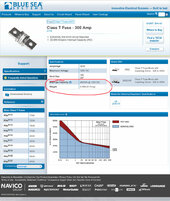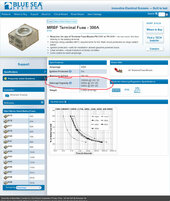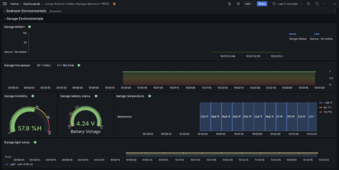Hello bright minds,
First off I apologize for my terrible drawing, its a gift I was never blessed with but it gets the point across. I have 3 batteries that are already in a 13S configuration (they came from Audi Q5 hybrid vehicles) they are in a nice metal enclosure and you just have your two terminals. I bought 3 JK BMS's and I want to use this setup in a parallel configuration for charging/discharging. I bought 3 two-pole DC breakers rated for the max amps of the BMS which will sit in between the BMS's main negative out from the battery (P-) to a busbar rated again for way more amperage than necessary. The same goes for positive, I run a cable from the positive terminal of each battery through the breaker and then to the busbar. From there the busbars are my "true neg/pos" for connecting say an inverter or charger.
I didn't include the balance wires that go to each battery, the diagram is bad enough, but each battery has the appropriate balance wires run to it and tested (individualy/per battery) there's no sharing of the balance wires across any BMS just with the battery its aligned with.
Is this the way to go? Do I need fuses? Is there a better design? I want to be safe. I've never paralleled BMSs before. This sounds right in my head but I dont want to find out I was wrong the hard way!! The 13S packs are Li-ion batterys (NMC). Any and all advice is appreciated.
Cheers!
First off I apologize for my terrible drawing, its a gift I was never blessed with but it gets the point across. I have 3 batteries that are already in a 13S configuration (they came from Audi Q5 hybrid vehicles) they are in a nice metal enclosure and you just have your two terminals. I bought 3 JK BMS's and I want to use this setup in a parallel configuration for charging/discharging. I bought 3 two-pole DC breakers rated for the max amps of the BMS which will sit in between the BMS's main negative out from the battery (P-) to a busbar rated again for way more amperage than necessary. The same goes for positive, I run a cable from the positive terminal of each battery through the breaker and then to the busbar. From there the busbars are my "true neg/pos" for connecting say an inverter or charger.
I didn't include the balance wires that go to each battery, the diagram is bad enough, but each battery has the appropriate balance wires run to it and tested (individualy/per battery) there's no sharing of the balance wires across any BMS just with the battery its aligned with.
Is this the way to go? Do I need fuses? Is there a better design? I want to be safe. I've never paralleled BMSs before. This sounds right in my head but I dont want to find out I was wrong the hard way!! The 13S packs are Li-ion batterys (NMC). Any and all advice is appreciated.
Cheers!













